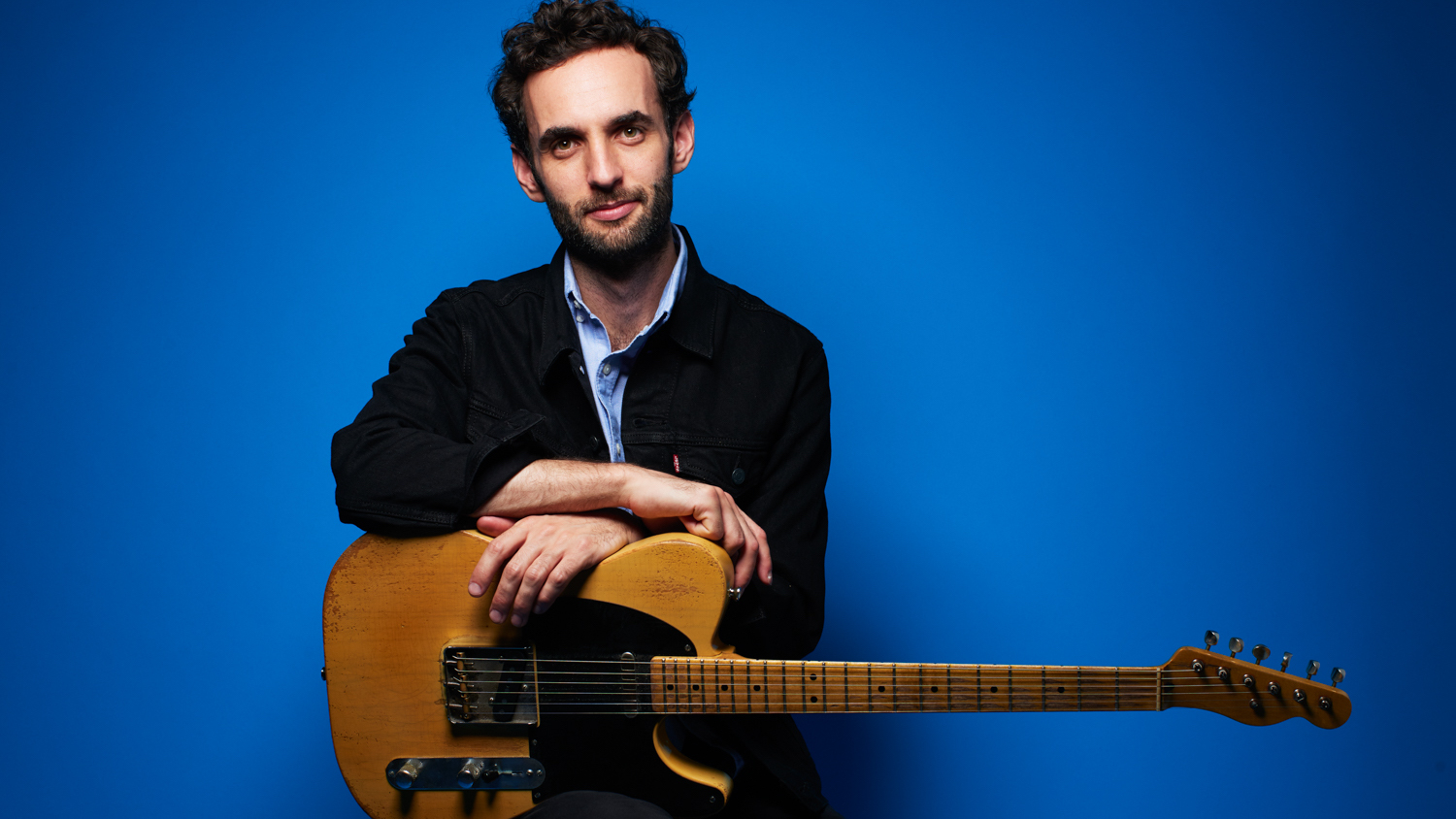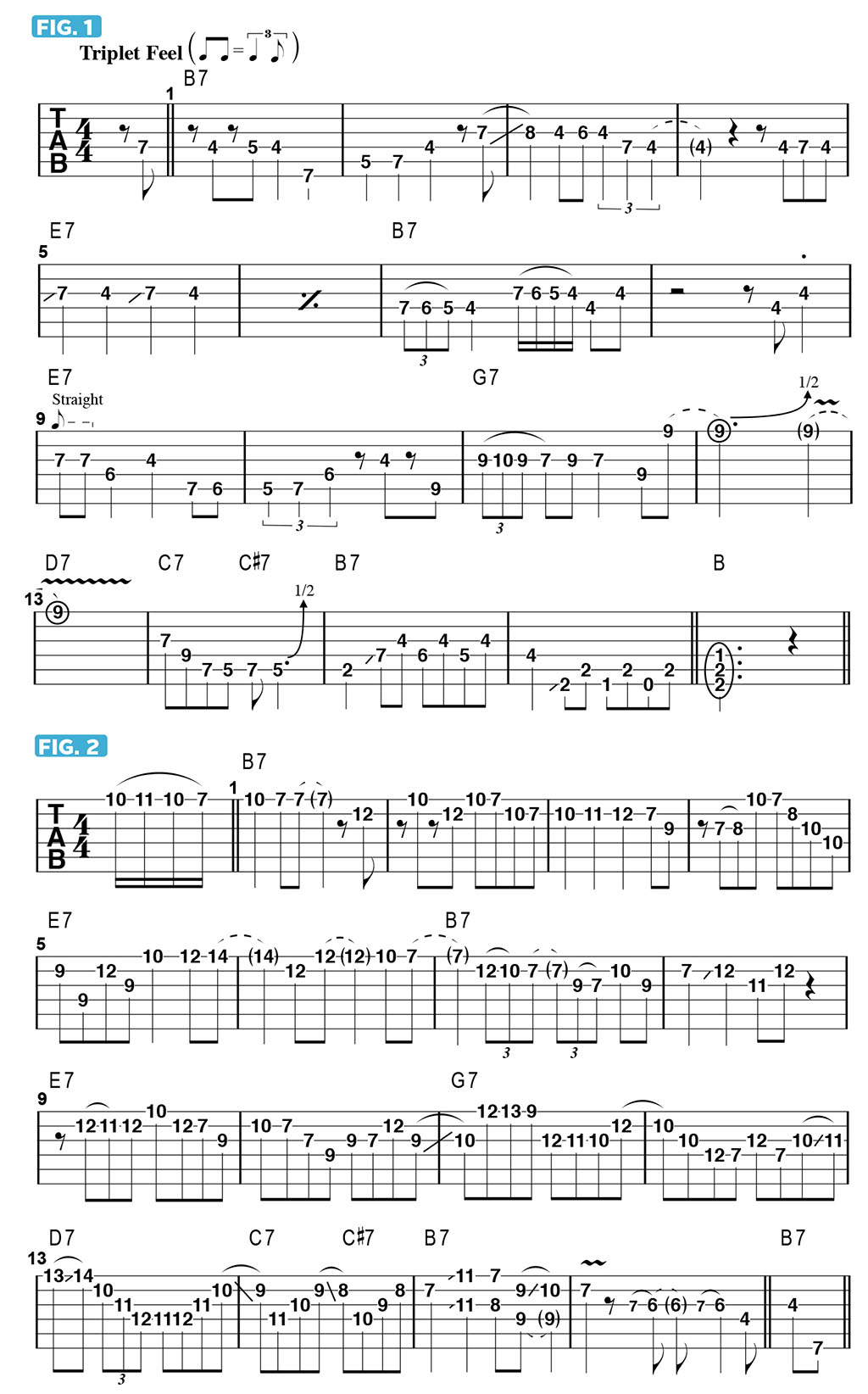Learn to explore the guitar's range with these wide-reaching jazz licks
Julian Lage shares how to play Look Book in his latest All That Jazz column
In my early days as a guitar player, I played a Fender Stratocaster and my father played a Telecaster. From the beginning, I looked at the Tele as the electric guitar I really wanted to play.
Once I started playing gigs as a teenager, I was playing a lot of jazz, so I used 'jazz boxes', such as a Gibson ES-175. Those instruments push you toward the higher registers, because the low end can sound muddy in an ensemble situation. I was also given advice from different players to stay away from the low strings when soloing, because I’d be in the way of the bass player or the piano player.

All that jazz: how to expand your compositional creativity and play Splendor Riot
I believed that for a long time, but as we fast-forward many years, I returned to my first obsession, the Telecaster. With this instrument, the low-end is actually very sweet - it’s not overpowering and it has a beautiful sound. Also, it’s not a big open box, so it doesn’t have the tendency to feed back as easily. This allowed me to rethink my whole concept of register, or range, on the instrument.
Up to that point, I had spent most of my guitar-playing life sequestered from the seventh fret up, and mostly on the higher strings, but now I have the entire range of the guitar at my disposal.
A good example of my attention to range and register is Look Book, a song from my Modern Lore album. Look Book is a 16-bar blues form, played in the key of B, with some alternative chord changes. I was looking to give myself a challenge, which was to play solos that, range-wise, were limited to the bottom four strings. The only exception is the use of one note on the high E string, used for an effect more than as a melodic element.
FIGURE 1 illustrates an improvised solo over the song’s 16-bar form: bars 1-4 are played over B7, and here I use subtle syncopation while playing a very simple melodic line. Bars 5-8 are played over two bars of E7, followed by two bars of B7. In bars 7 and 8, I incorporate chromaticism as a nod to a theme.
Bars 9-12 consist of two bars of E7 then two bars of G7. In bars 9 and 10, I reference E7, via the use of the chord tones E, G#, B and D, but over the remainder of the form, bars 11-16, I hover closer to the B7 tonality and wrap up the chorus with a basic turnaround figure in bar 15.
All the latest guitar news, interviews, lessons, reviews, deals and more, direct to your inbox!
In contrast, the solo example offered in FIGURE 2 is played entirely in the higher register of the guitar. These examples are intended to point out that we have a choice about where to play our improvised lines when soloing, which is a great thing to always keep in mind during every solo.
Julian Lage is a world-renowned American jazz guitarist and composer whose latest album is 2019's Love Hurts.

